Why Successful People Are Secretly Learning Medieval Skills (And You Should Too)
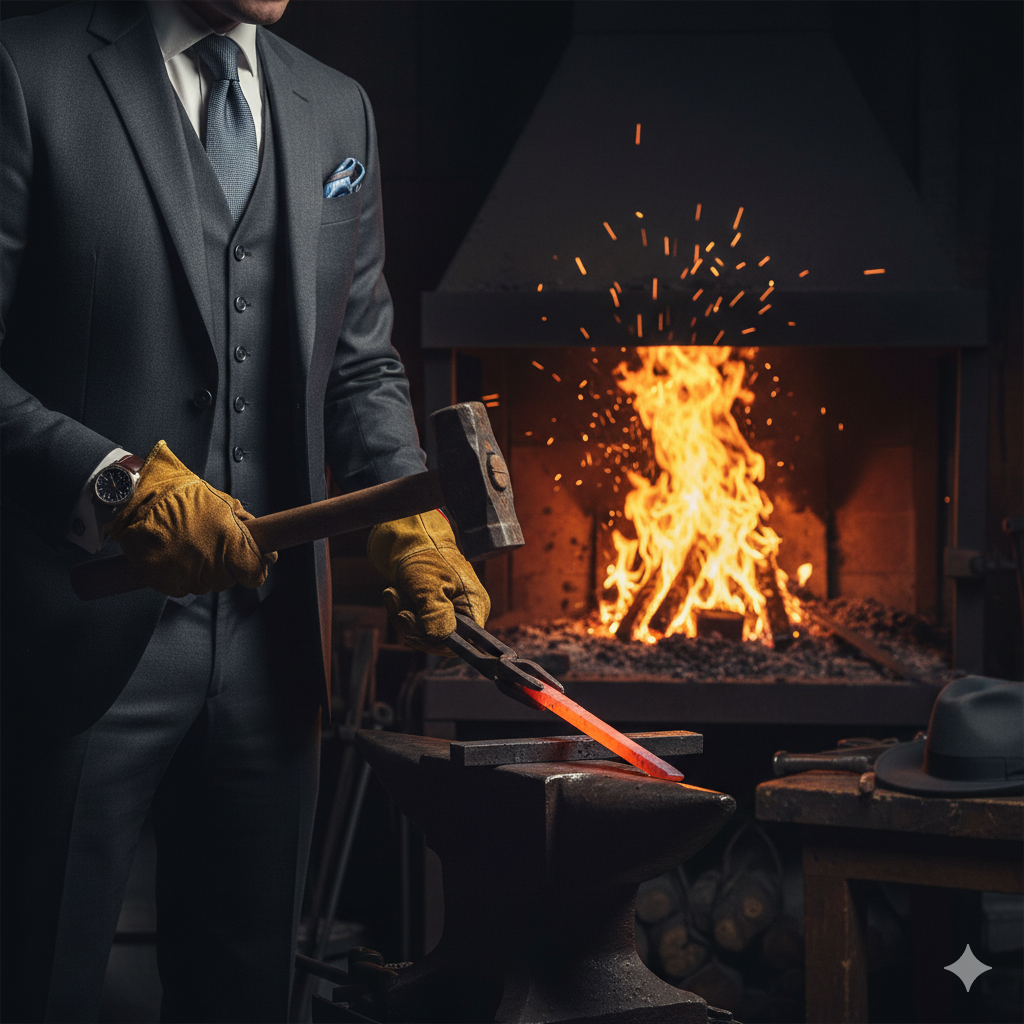
Sarah Chen closes her laptop after another 12-hour day as a tech VP. Six-figure salary, corner office, stock options that most people dream about. By every measure, she’s “made it.”
So why does she spend her Saturday mornings in a dusty blacksmith shop, learning to forge iron the same way medieval craftsmen did 800 years ago?
“Because,” she says, striking red-hot metal with a hammer, “this is the first time in years I’ve felt like I’m building something that matters.”
Sarah isn’t alone. Across the country, successful professionals are quietly enrolling in traditional craft workshops, paying premium prices to learn “obsolete” skills, and discovering something their corporate achievements never gave them: deep, lasting fulfillment.
Welcome to the most unexpected trend among the affluent: the return to ancient crafts.
The Crisis Hiding Behind Success

If you’ve achieved financial success but still feel something’s missing, you’re experiencing what psychologists call “achievement anxiety” – the hollow feeling that comes when external success doesn’t match internal satisfaction.
You’re not broken. You’re responding normally to an abnormal situation: a world where your most important work is invisible, digital, and ephemeral.
Consider what your typical workday produces:
- Emails that get deleted
- Meetings that get forgotten
- Strategies that get changed
- Digital files that may never be opened again
Now contrast that with traditional crafts:
- A hand-forged knife that lasts centuries
- Pottery that becomes family heirlooms
- Woodwork that improves with age
- Textiles that tell stories for generations
The difference isn’t just philosophical – it’s neurological. Brain scans show that working with your hands activates different neural networks than screen-based work, triggering the release of dopamine and serotonin in ways that spreadsheets simply cannot.
Why the Wealthy Are Going Medieval
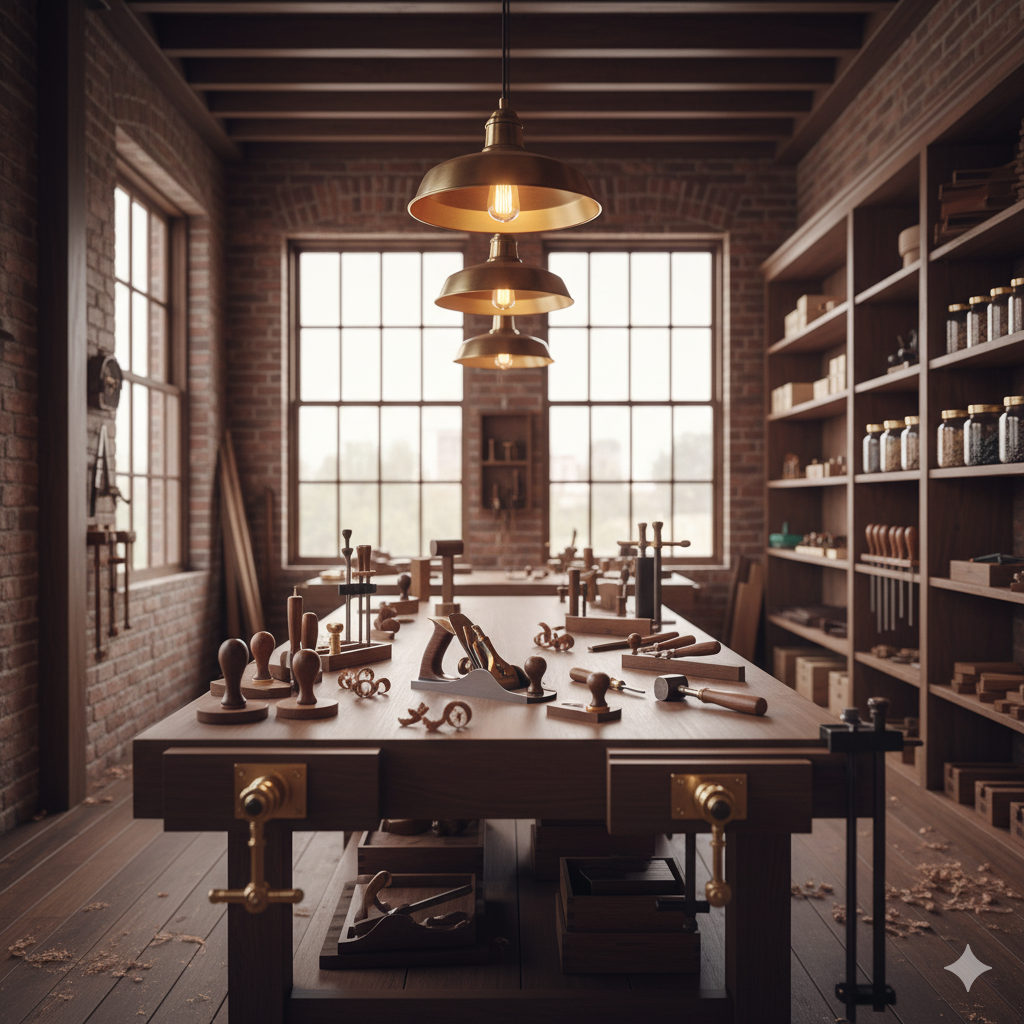
This isn’t about nostalgia or Instagram-worthy hobbies. Smart, successful people are investing serious money in traditional skills because they recognize something that others are just beginning to understand: in an increasingly automated world, human craftsmanship isn’t becoming less valuable – it’s becoming priceless.
The Scarcity Premium
Basic economics: when supply decreases while demand remains constant, prices rise. Traditional craftspeople are retiring faster than they’re being replaced, while demand for authentic, handmade goods is exploding.
A machine-made ceramic bowl costs $15. A hand-thrown piece by a master potter? $150. And the waiting list to commission one might be six months long.
But here’s what most people miss: the real value isn’t in owning handmade objects – it’s in having the knowledge and ability to create them yourself.
Status Through Authenticity
The new luxury isn’t owning more stuff. It’s having experiences and abilities that money usually can’t buy.
Anyone with a credit card can purchase a $50,000 watch. But being able to hand-forge a perfect blade or throw a flawless pot? That’s a form of wealth that transcends money.
Social media is full of people showcasing material possessions. But show someone a knife you forged yourself, bread you baked from grain you milled, or a piece of furniture you built with traditional joinery, and you’ll see a different kind of respect.
The Resilience Factor

Successful people think about risk differently than others. They plan for scenarios that seem impossible until they happen.
COVID-19 taught us that supply chains break, manufacturing stops, and global systems fail faster than anyone predicted. The professionals who adapted best weren’t just those with financial reserves – they were those with practical skills.
Learning traditional crafts isn’t preparing for the apocalypse. It’s building resilience in an uncertain world. When you can make, fix, and create what you need, you’re truly independent.
The Hidden ROI of Ancient Skills
Let’s talk numbers, because that’s how successful people evaluate investments.
Immediate Returns
Stress Reduction: Studies show that hands-on creative work reduces cortisol levels more effectively than meditation apps or gym sessions. For high-stress professionals, this translates to better decision-making, improved relationships, and enhanced job performance.
Cognitive Enhancement: Learning motor skills creates new neural pathways that improve problem-solving across all areas of life. The patience required for traditional crafts translates directly to better strategic thinking.
Social Capital: In a world of digital networking, having unique, tangible skills creates memorable connections. The executive who can discuss traditional joinery techniques or natural dyeing methods stands out in ways that golf handicaps no longer do.
Long-Term Value Creation
Investment-Grade Skills: Unlike most hobbies that consume money, traditional crafts create appreciating assets. A weekend woodworker who learns proper techniques can create furniture worth thousands of dollars.
Legacy Building: While your stock portfolio might fund your children’s education, the skills you teach them will fund their souls. Traditional crafts create intergenerational wealth that transcends money.
Business Opportunities: Many successful professionals have turned craft skills into lucrative side businesses or full career transitions. The market for authentic, high-quality handmade goods has never been stronger.
What the Affluent Are Actually Learning
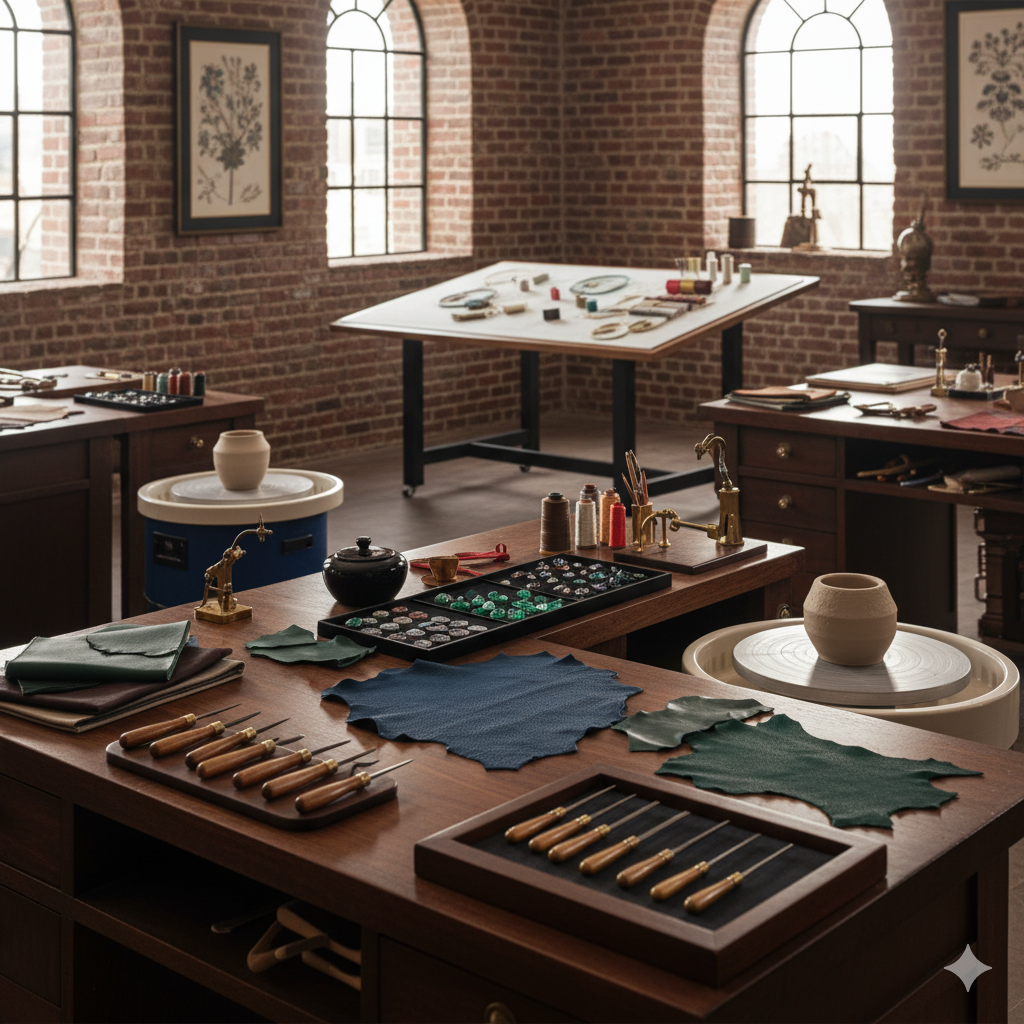
This isn’t about macramé and friendship bracelets. Wealthy professionals are investing in skills that combine artistry, utility, and investment potential.
Blacksmithing: The Executive’s Meditation
Weekend blacksmithing workshops now command $500-$2000 for a two-day experience. Why? Because forging metal requires complete presence. You cannot multitask while working with fire and hot steel. Your phone is irrelevant. Your emails don’t exist.
For people whose minds never stop racing, blacksmithing enforces a meditative state that’s impossible to achieve otherwise. Plus, you leave with something you made with your own hands – a tangible achievement in a world of intangible work.
Woodworking: Building Generational Wealth
A hand-built piece of furniture using traditional joinery techniques can appreciate in value for decades. More importantly, it’s a skill that directly improves your living environment and can be passed down through generations.
Master woodworkers report that successful professionals are among their best students – they understand quality, appreciate craftsmanship, and have the patience for projects that take months to complete.
Traditional Textiles: The Luxury Market Nobody Talks About
Hand-woven fabrics command premium prices that make luxury fashion brands look affordable. A master weaver can charge $200-$500 per yard for custom work, with waiting lists stretching years.
But beyond the economics, textile work offers something unique: the ability to create beauty that improves with age and use, unlike almost everything else in our disposal culture.
Pottery: Creating Tomorrow’s Heirlooms
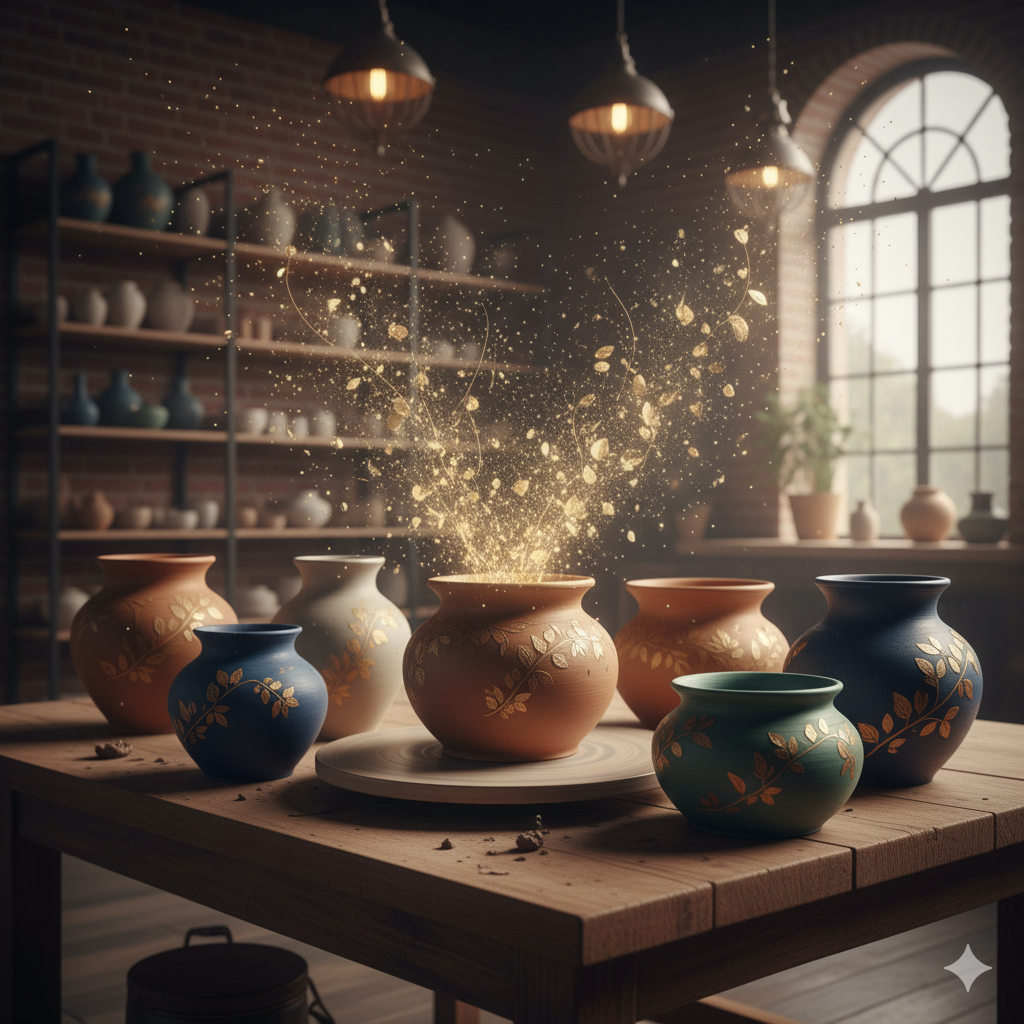
While machine-made ceramics flood the market, hand-thrown pottery by skilled artisans sells for premium prices. More importantly, pottery teaches patience, precision, and acceptance of imperfection – skills that translate directly to business and life.
The Psychology of Creating vs. Consuming
Here’s what business schools don’t teach: there’s a fundamental difference between the satisfaction that comes from earning money and the fulfillment that comes from creating something beautiful with your own hands.
Consumer purchases provide temporary happiness spikes followed by adaptation and the need for more consumption. Creating something yourself provides lasting satisfaction that actually increases over time.
This isn’t philosophical speculation. Neuroscientist studies show that creative work activates the brain’s reward systems differently than acquisition, creating longer-lasting positive emotions and stronger memories.
For successful professionals used to buying solutions, learning to make things yourself rewires your relationship with both achievement and happiness.
The Community You Never Knew You Needed
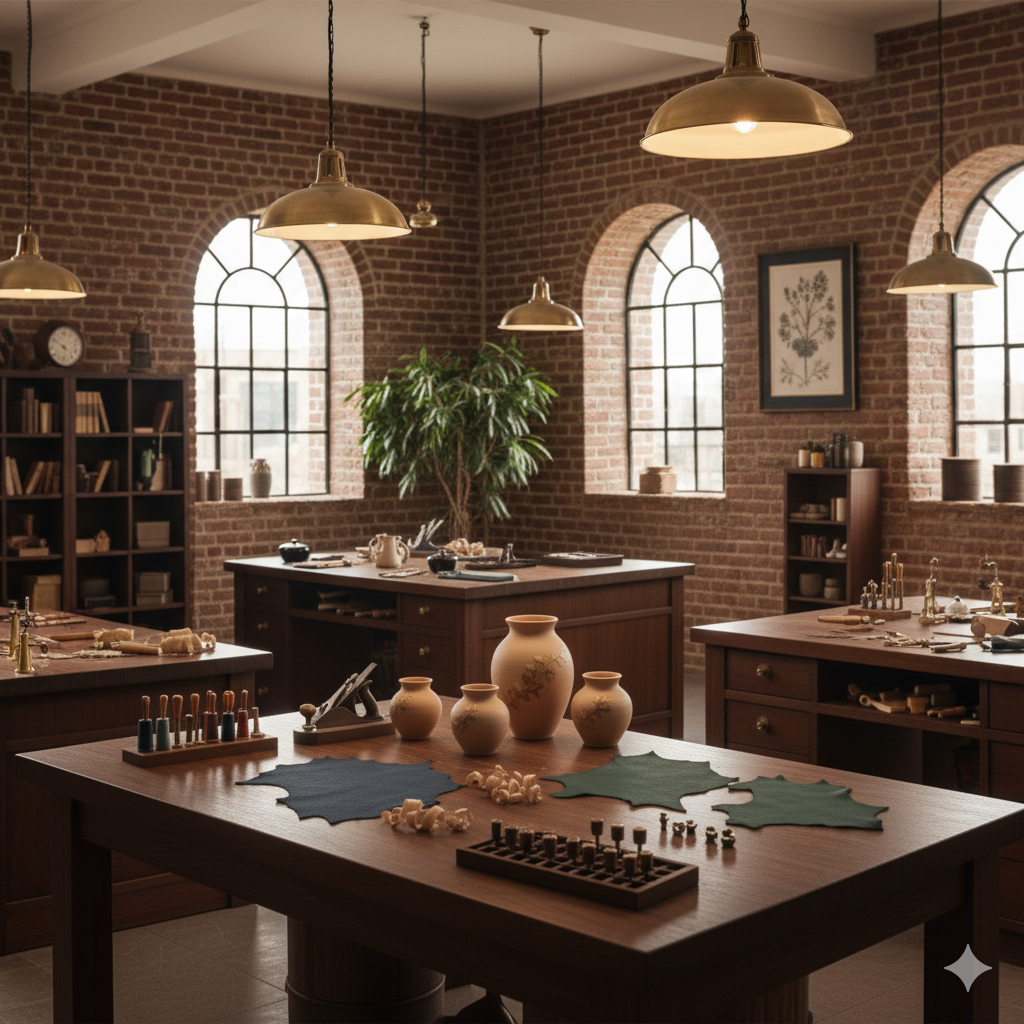
One unexpected benefit of traditional craft learning is the community it creates. Unlike networking events or industry conferences, craft workshops bring together people from different fields united by a shared desire to create.
The orthopedic surgeon learning alongside the tech entrepreneur and the marketing executive creates conversations that would never happen otherwise. These relationships, built around shared learning rather than business advantage, often become the most meaningful and productive in professionals’ lives.
Why Now Is the Perfect Time to Start
Several trends are converging to make this the ideal moment for successful professionals to invest in traditional skills:
Master craftspeople are still available. The generation that learned these skills directly from their predecessors is still teaching, but not for long. In ten years, much of this knowledge will exist only in books and videos – poor substitutes for hands-on mentorship.
Premium materials are accessible. High-quality tools and materials for traditional crafts have never been more available to amateur enthusiasts. What once required connections in specialized trades can now be ordered online.
Time efficiency has improved. Modern workshop formats compress traditional apprenticeships into intensive weekend experiences that fit busy professional schedules without sacrificing learning quality.
Market demand is exploding. The gap between supply and demand for authentic handmade goods means that even hobby-level skills can generate meaningful income if desired.
The Investment Decision
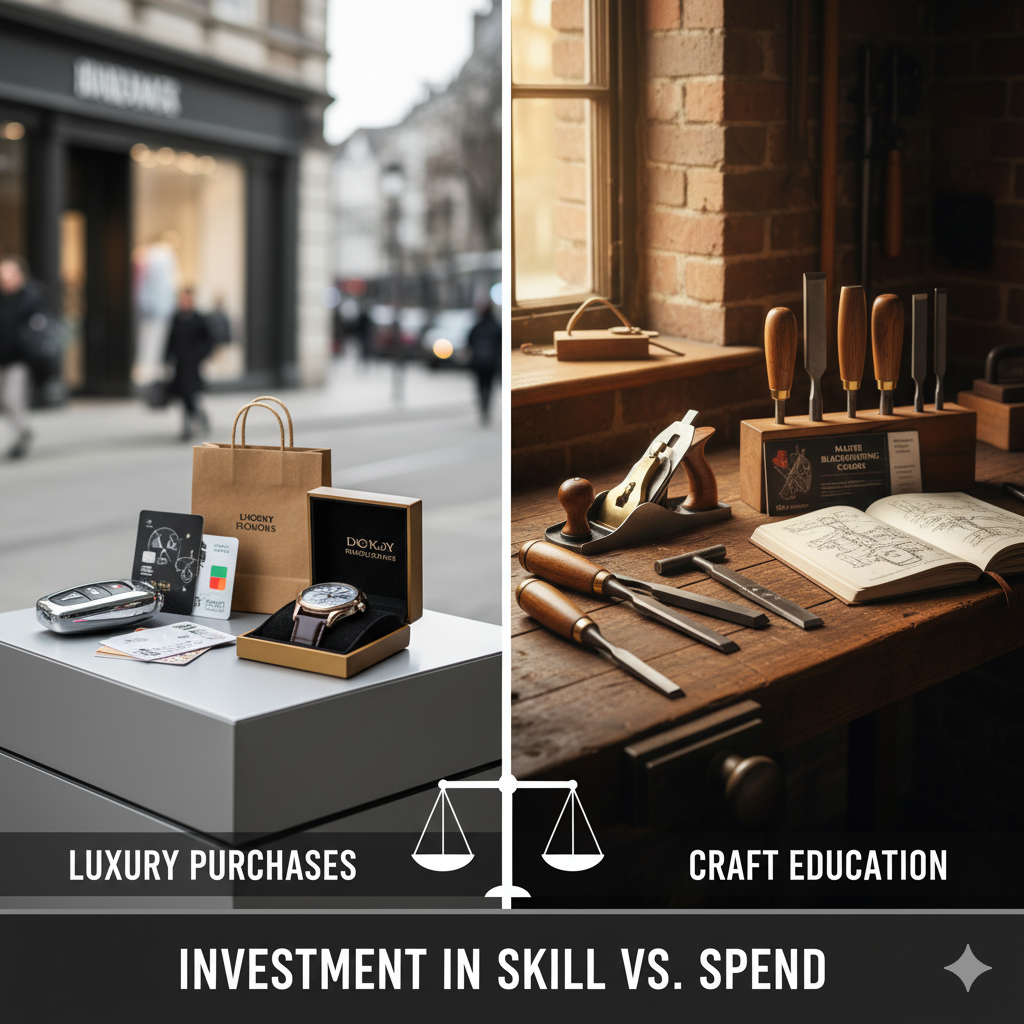
Let’s frame this as an investment decision.
Cost: A comprehensive introduction to a traditional craft – including tools, materials, and instruction – typically ranges from $2,000 to $10,000. Premium intensive courses with master craftspeople can cost significantly more.
Returns:
- Stress reduction equivalent to expensive therapy
- Cognitive benefits that improve all other work
- Social connections impossible to buy
- Physical objects that appreciate over time
- Skills that generate income if desired
- Personal satisfaction that compounds indefinitely
Risk: Minimal. Unlike financial investments, craft skills cannot be lost in market crashes, economic downturns, or industry disruptions.
Time to breakeven: Immediate, in terms of personal satisfaction and stress reduction. Financial breakeven varies but often occurs within the first year for those who choose to sell their work.
The Path Forward
Traditional craft learning for successful professionals isn’t about abandoning modern life – it’s about balancing it with something deeper and more lasting.
You don’t need to quit your day job or move to a rural commune. You need to add something to your life that creates meaning beyond achievement and satisfaction beyond consumption.
Start with curiosity, not commitment. Take a weekend workshop in something that interests you. Blacksmithing, woodworking, pottery, weaving – choose based on what draws you, not what seems most practical.
Invest in quality from the beginning. Cheap tools and materials create frustration, not satisfaction. If you can afford premium experiences in other areas of life, invest in premium craft education.
Focus on learning, not outcomes. The goal isn’t to become a master craftsperson overnight. It’s to experience the satisfaction of creating something beautiful with your own hands.
Connect with others doing the same. The community aspect of craft learning is as valuable as the skills themselves.
The Transformation Waiting for You

Sarah Chen, the tech VP we met at the beginning, now has a workshop in her garage where she practices blacksmithing after work. Her stress levels have dropped, her decision-making has improved, and her teenage children have started joining her at the forge.
“I spent twenty years building my career,” she says, examining a hand-forged letter opener she just completed. “But I’ve learned more about myself in six months of working with metal than in all those years in corporate.”
She’s not abandoning her successful career. She’s adding depth to it that she never knew was missing.
The most successful people in any field understand that true wealth isn’t just financial – it’s the ability to create beauty, solve problems with your hands, and build things that last longer than you will.
Traditional crafts offer all of this, plus something that no amount of money can buy: the deep satisfaction of making something perfect with your own two hands.
The masters are still teaching. The knowledge is still available. The communities are forming.
The only question is whether you’re ready to discover what you’re truly capable of creating.
Ready to explore the world of traditional crafts that successful professionals are embracing? Join our community of makers who are rediscovering ancient skills for modern life. Subscribe to ElevateWisdom for exclusive access to master craftspeople, premium workshop recommendations, and the stories of professionals who found fulfillment beyond their bank accounts.
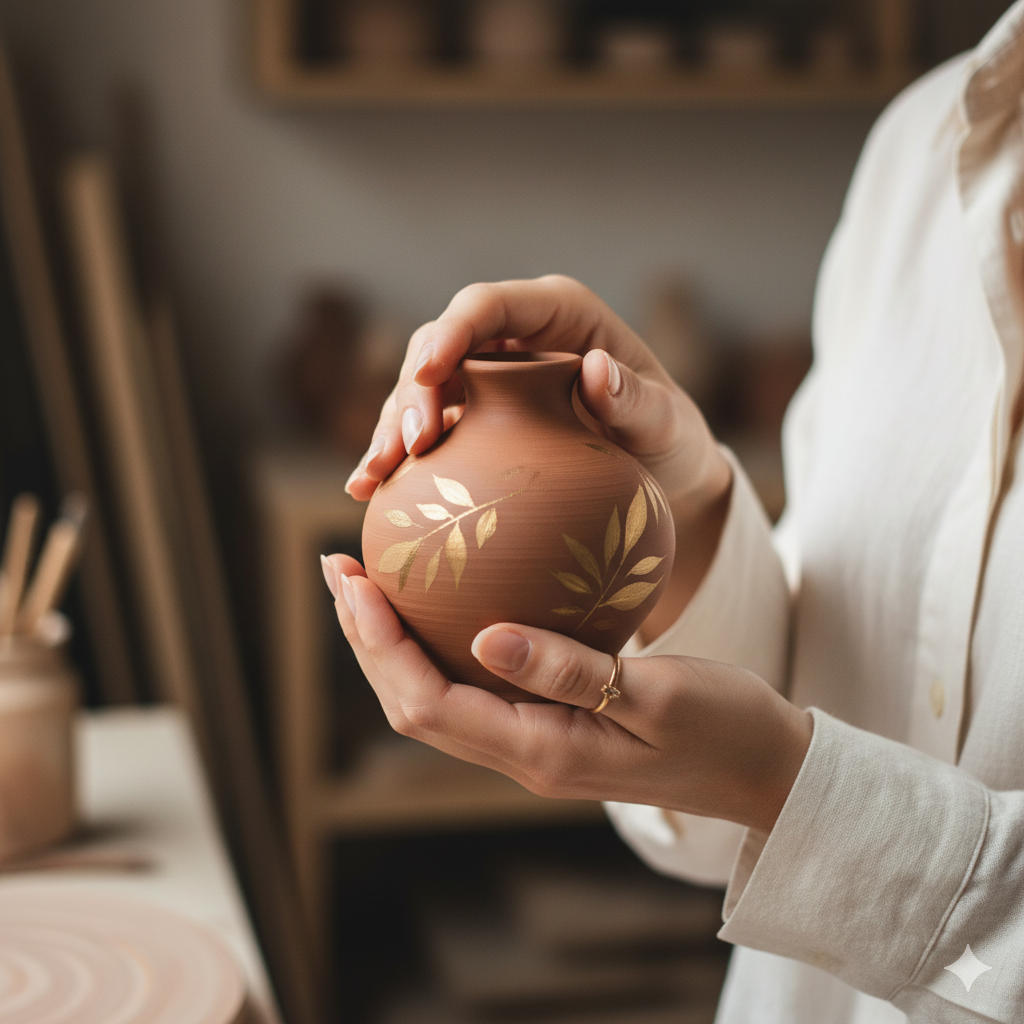
Also READ: Why Traditional Crafts Are Disappearing (And How We Can Save Them)